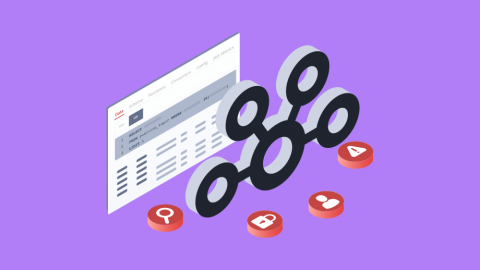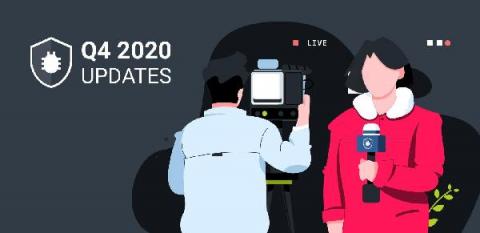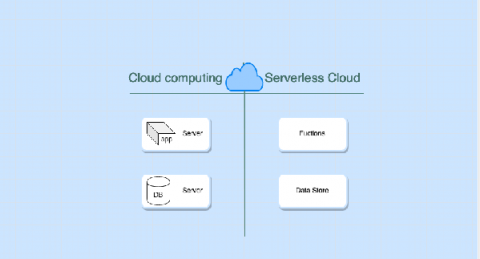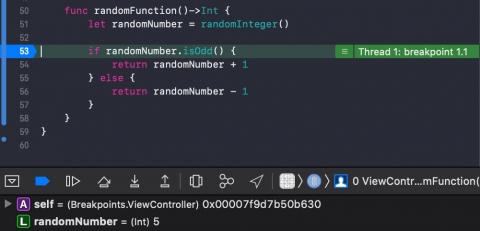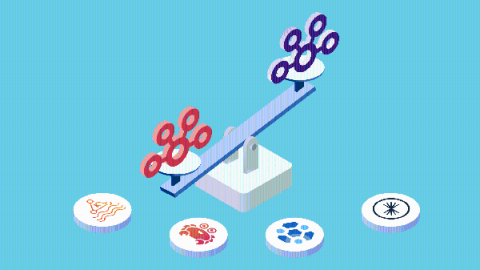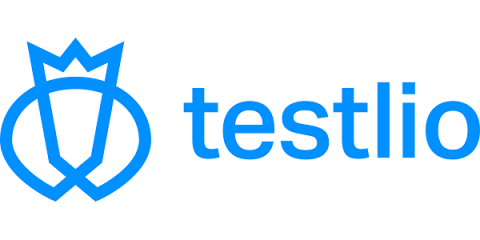Systems | Development | Analytics | API | Testing
Technology
Testing a mobile application: an examination of strategy and tools
Mobile phones have taken over the world in a way few technologies and inventions have been able to in the past. The far-reaching repercussions of such a widely accepted adoption can be felt in all fields of life, from education to tourism. As mobile phone usage and internet penetration continue to grow at unprecedented rates, competition amongst developers is also at all-time heights. Hence, quality control and assurance within the mobile application development sector has become vital.
Kafka infrastructure, monitoring, data - Which is your priority?
At the heart of Kafka is real-time data. With data at the center of any Kafka environment, it should be the area that gets the most attention, but typically it gets the least. This happens because we see most organizations split their Kafka efforts into three areas: infrastructure, monitoring, and data operations.
Updates from Bugfender Q4, 2020
Welcome to the Bugfender winter newsletter! We hope you had a great Christmas and new year. This quarter we’re bringing you a lot of insightful information on our blog. Take a good cup of coffee and find our latest recommended articles below. But first, let’s kick-off with the latest updates as we do on every quarterly newsletter: We hope you find all these updates useful!
Building, Testing and Deploying AWS Lambda Functions in Ruby
For quick, scalable, highly-available web services, few options compare to AWS Lambda. Just provide your code, add a little configuration, and you're done! In this article, Milap Neupane will introduce us to Lambda, show us how to get it working with Ruby and the Serverless Framework, and discuss reasons to use — or to not use! — Lambda in production.
Lessons Learned on Operationalizing Machine Learning at Scale with IHS Markit
Android Studio and Xcode app debugging with Breakpoints: How to from Zero
To kick off our series on debugging for software developers, we tell you how to build breakpoints step by step using Xcode and breakpoint Android Studio to isolate key information about your app’s performance, and save crucial time during the process.
Considerations when moving your Apache Kafka to the cloud
Are you running your organization's Apache Kafka on-premise? If you are and you’re still reading this article, it’s more than likely that Kafka is or will be a keystone of your data infrastructure. But it’s also likely your teams are tired of the cost and complexity required to scale it, meaning your honeymoon with Kafka is coming to an end. So what does the imminent migration mean?
The Train Has Left the Station for the Last Time
We have three big announcements to our community today, and I wanted to talk to you about them: One, Allegro Trains is changing its name, two, we’re adding a completely new way to use Trains, and three, we’re announcing a bunch of features that make Trains an even better product for you! Read all about it on our blog at Clear.ml, our new website for our open source suite of tools.
Testing for intuitive design
Apps are essentially technology products—products that aim to solve a problem for users. Design is a salient feature in all apps; it is how users understand, interact, and use a product. The less intuitive an app is in terms of design, the harder it is for its target audience to learn to use it. Poor design ultimately costs products their user-base. No one will return to an app that is hard to use, nor recommend an app that is difficult to understand and learn.




